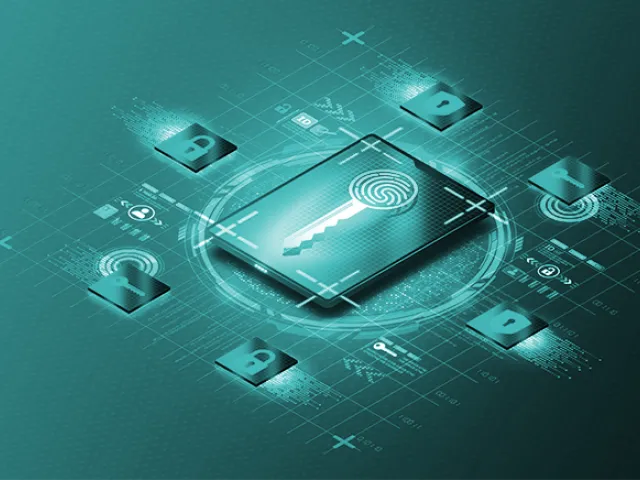Table of contents
Overview
The SOM Take Product Sample transaction (Transaction Code: EPCIS 1.2) is an XML-based message used to record the sampling of serialized pharmaceutical products as part of Quality Assurance (QA) protocols. This transaction captures the event where a serialized unit is removed from inventory or a shipment for further inspection, testing, or investigation.
This transaction follows the GS1 EPCIS 1.2 standard and ensures that sampling events are traceable, auditable, and compliant with DSCSA, DEA, and internal SOPs. It supports quality, risk, and compliance workflows by documenting when and where a product sample was taken, and from which serialized batch or shipment.
Key Use Cases
- Record the removal of serialized units for QA or product investigation.
- Support DSCSA, DEA, and internal compliance protocols for product sampling.
- Maintain traceability of sampled products to prevent unauthorized distribution.
- Enable downstream visibility into removed or quarantined serialized units.
- Provide audit-ready documentation of sampling events.
- Integrate with QA and serialization systems.
Data Elements Included
An EPCIS 1.2 – SOM Take Product Sample transaction includes:
- Event Type: ObjectEvent with business step "sampling" and action "observe" or "delete" depending on whether the sample is retained or removed from inventory.
- Serialized Product Identifiers (EPCs): SGTINs or SSCCs of the units being sampled.
- Event Time and Time Zone: Timestamp of the sampling event, including time zone offset.
- Read Point: Location where the sampling occurred (e.g., QA lab, warehouse, shipping dock).
- Business Location: GLN or internal identifier of the facility performing the sampling.
- Disposition: Typically "in_sampling", "under_investigation", or "quarantined" to indicate the product’s temporary status.
- Sampling Reason Code (optional): Code indicating why the sample was taken (e.g., “RANDOM_QA_CHECK”).
- Related Shipment or Batch ID (optional): Reference to the shipment or batch from which the sample was taken.
- Transaction ID (optional): Unique identifier for tracking and audit purposes.
- Digital Signature (optional): Ensures data integrity and regulatory compliance.
- Comments or Notes (optional): Free-text field for QA notes, observations, or follow-up actions.
Benefits of EPCIS 1.2 – SOM Take Product Sample
- Enables traceable, compliant sampling of serialized units.
- Prevents unauthorized distribution of sampled or quarantined products.
- Supports QA and regulatory workflows with structured, auditable data.
- Enhances product quality oversight effectiveness.
- Integrates with serialization, QA, and compliance systems.
Business Process: EPCIS 1.2 – SOM Take Product Sample
The SOM Take Product Sample transaction supports the following business processes:
- Quality, Risk, and Recall Management: Records serialized units removed for QA or product investigation, enabling traceable sampling and proactive risk control.
- Inventory Management: Updates inventory to reflect removal/quarantine of sampled products.
- Product Serialization & Traceability: Maintains chain-of-custody records for each sampled serialized unit.
- Track and Trace & Government Compliance: Ensures compliance with DSCSA, DEA, and global sampling regulations.
- Returns and Reverse Logistics: Supports eligibility tracking for return, rework, or destruction of sampled units.
How TraceLink Supports EPCIS 1.2 – SOM Take Product Sample
TraceLink’s OPUS Platform, powered by B2N Integrate-Once™, supports compliant sampling workflows by:
- Capturing EPCIS 1.2-compliant sampling events with full serialization context.
- Integrating with QA, packaging, WMS and ERP systems to trigger and track sampling actions.
- Logging sampling events for traceability, audit readiness, and regulatory reporting.
- Supporting downstream updates to inventory, shipment, and compliance records.
- Ensuring secure communication with optional digital signatures and encryption.
Explore More Serialization & Compliance Capabilities
- EPCIS 1.2 – SOM ESM Void Shipment: Cancel previously recorded shipments.
- EPCIS 1.2 – SOM ESM Sales Shipment: Record serialized shipments.
- EPCIS 1.2 – SOM ESM Receipt: Confirm serialized product receipt and verification.
- EPCIS 1.2 – SOM ESM Decommission: Deactivate serialized units flagged for removal.
Need Help Implementing EPCIS 1.2?
Contact Us to learn how our OPUS Platform and B2N Integrate-Once™ model can help you automate product sampling workflows, ensure compliance, and maintain full traceability across your pharmaceutical supply chain.








